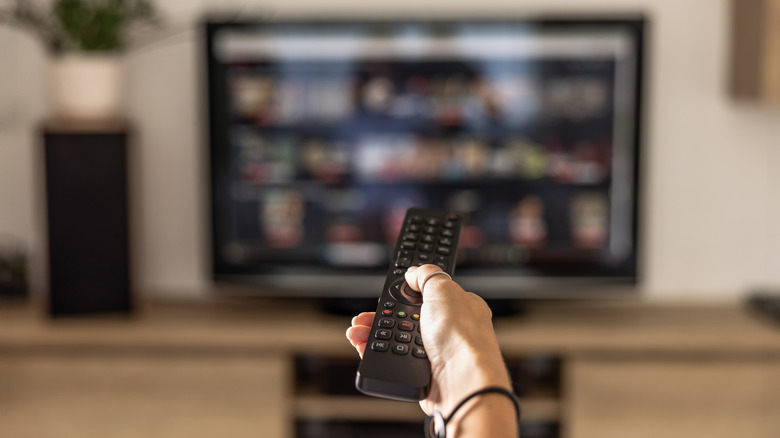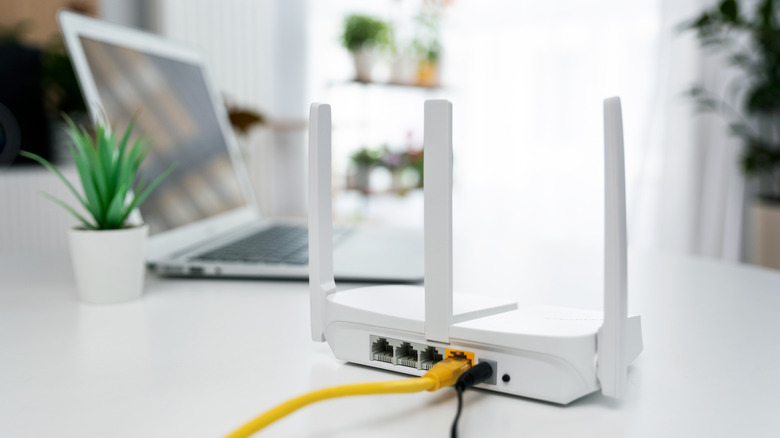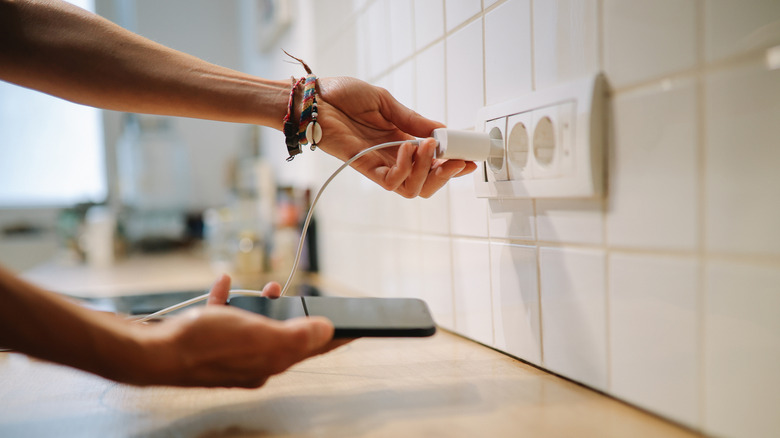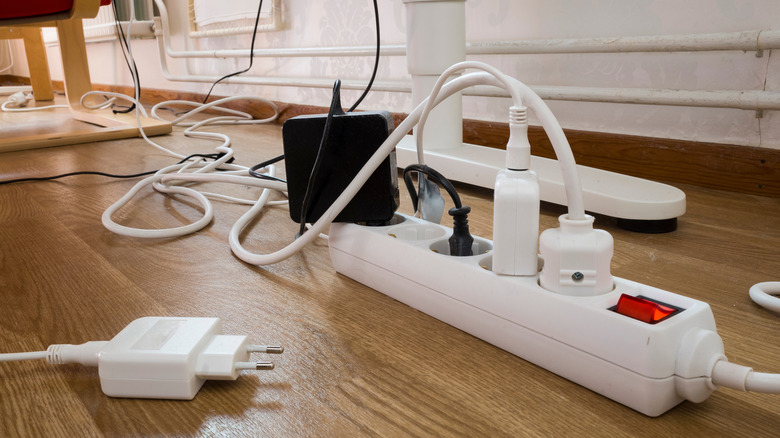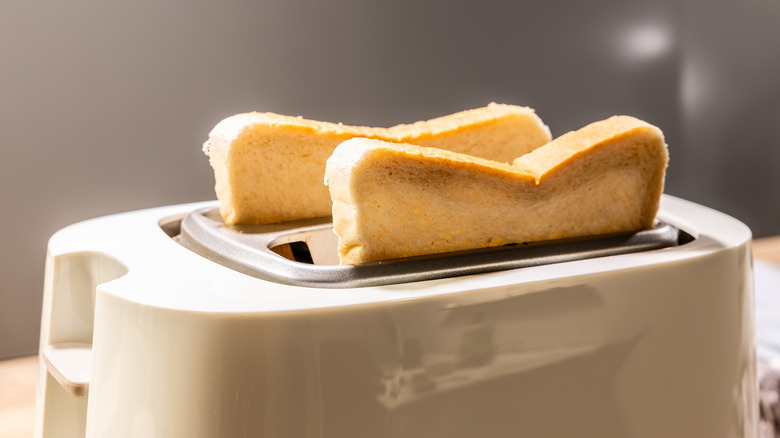3 Appliances You Should Unplug When Not In Use (And 2 You Can Leave Plugged In)
Electricity seems like it's getting more expensive each year, no matter which utility provider you sign up with. Even if you feel like you don't use much electricity, the monthly bill may say otherwise. Faced with rising costs, you may want to invest in some energy-saving tech to improve your power bill. Yet there is a simpler step to take first: looking around your home to identify where you might be leaking energy without realizing it.
Many electronic devices and appliances create phantom loads, where they continue to leach energy from outlets even when not in use. It turns out that even smart plugs draw some energy when they're turned off, although this could be a matter of one or two watts. In addition, poor appliance management could be increasing your energy costs, whether you're still running that ancient washing machine daily or you're forgetting to unplug appliances after using them.
To start combating energy waste problems, there are three appliances you should definitely unplug when you're not using them. However, there are also a couple that can be safely left plugged in without worrying about phantom loads.
TVs
When you turn the TV off, it's off, right? It turns out that may not be entirely true. Modern smart TVs generally use 100 or fewer watts per hour, but when they shut down, that figure doesn't immediately drop to zero. Even the newest, most modern (and expensive) TV still draws energy when in standby mode.
According to TCL, a TV company, TVs can consume between half a watt to 3 watts of energy while they're turned off. If you've ever noticed that your TV has a little light that stays on 24/7, you can start to see where that energy use comes from. Changing your TV's settings, such as making sure it goes to sleep after a set amount of time if you happen to zonk out while watching, can help reduce overall energy usage. Still, there's only one way to ensure your TV's energy consumption is zero when it's turned off — and that's to unplug it.
Internet routers
Internet routers are probably a no-brainer when it comes to figuring out where energy is being used in your home. Most people have their internet connection on all the time, because who knows when you might need it? Plus, many appliances and devices are constantly connected to the internet and need to have it for regular functions.
However, that doesn't mean you should necessarily leave your router plugged in all the time. Depending on the model, your router might consume anywhere from 5 to 20 watts per hour. When you consider that the average electricity cost in the U.S. is almost 13 cents per kilowatt hour, you could save a few dollars per year by turning off the router at night. In places like California, where electricity costs upwards of 20 cents per kilowatt hour, the costs add up even faster. Given the expense, you may also want to turn off your Wi-Fi router when you go on vacation or leave the house for the day, to save even more energy.
Device chargers
Device chargers are another tricky appliance that might consume more energy than you think. You might be surprised to learn that phone chargers still consume energy when not actively charging a device. That's one good reason to unplug them when they're not in use. Though the wattage used by inactive charging cables is quite low, the usage can add up, especially over time if you always leave your cords plugged in. When you leave a device plugged in once the battery is full, that can lead to trickle charging, which uses a small amount of energy to keep it at 100%.
Another reason to unplug your device chargers? While it's relatively rare, electrical fires do happen, particularly with knockoff charging cables. Leaving low-quality chargers plugged in, even when not charging, can still pose a safety risk. A simple unplug could save energy and spare you a potential headache.
Power strips with non-lighted switches
Power strips and surge protectors can be useful for regulating energy usage at home. Surge protectors, specifically, can help protect your expensive electronics. Figuring out whether your power strip is a surge protector will tell you whether you have any added protection, but either way, you probably don't have to unplug your power strip.
Power strips with on-off switches help confirm that your devices aren't leaching energy when switched off, but if they're in the on position, they may still draw unnecessary power. Power strips with lighted switches, however, still draw some power when not in use, for obvious reasons. Those, you will want to switch off or unplug to ensure they're not slowly consuming kilowatt hours.
While you can leave switch-operated power strips plugged in all the time, there are still some things you shouldn't plug into a power strip, specifically appliances that generate a lot of heat, have a motor, or use a compressor.
Your old-school toaster
Many new appliances are considered energy efficient, but that doesn't mean you should leave them plugged in when you're not using them. Case in point? Any appliance with a digital screen will clearly use energy even when it's not operating. There's one exception that is almost always named among appliances you can leave plugged in indefinitely, without running the risk of wasting energy or, worse, starting an electrical fire.
Your toaster is one appliance that does not need to be unplugged after breakfast each morning, making it an appliance that might safely stay on your countertop all the time. An old-school toaster with no screen can't use electricity until you push the button down to close the circuit, so by default, it's in the off position unless it's actively toasting your bread. It also can't seep energy out of the outlet, so you can bet it's not your toaster making your energy bill creep up.

